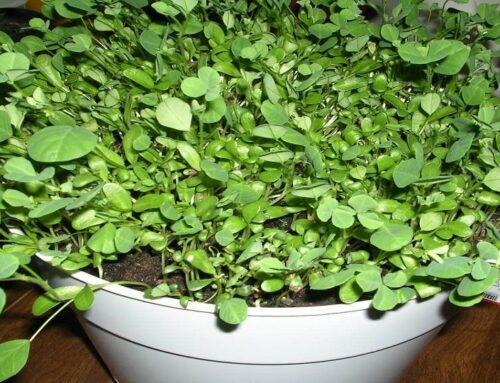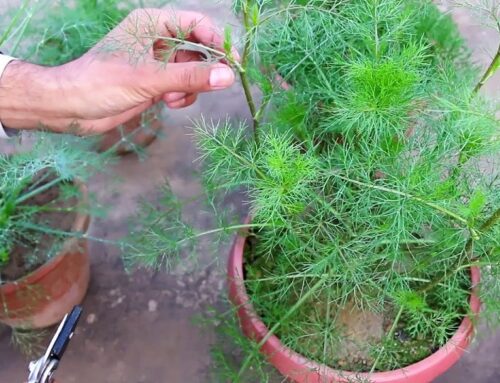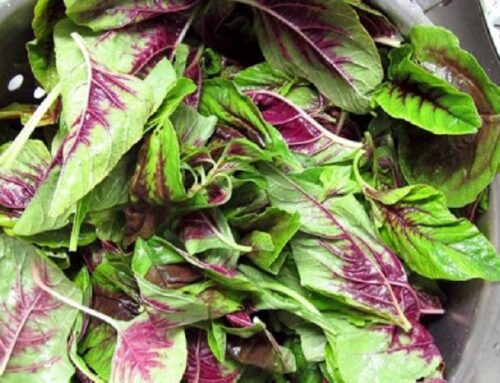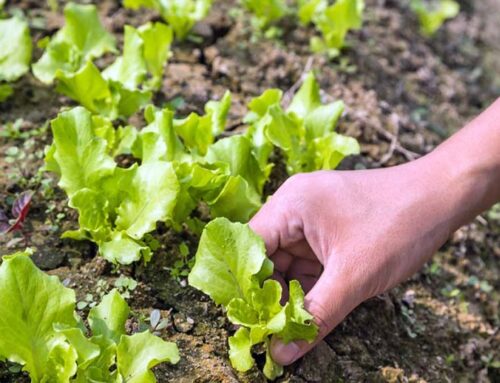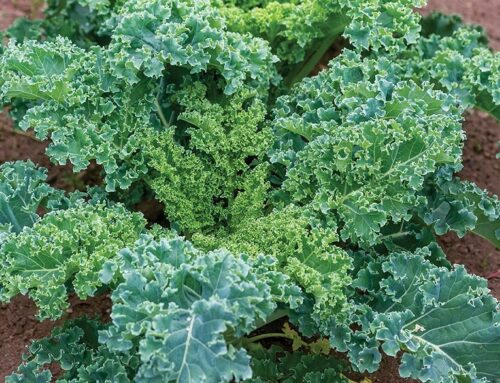A cool, temperate and sub-temperate climate with a day temperature of 20 to 25°C is the most ideal temperature requirement. If rainfall is considered, a light rainfall favors vigorous growth of mint plants. Mint grows up to an altitude of 1,000 meters in temperate and subtropical regions. Generally speaking, wet climate and moist soils are the most ideal environmental conditions for growing almost all mint species.
Well-drained, rich sandy-loam to clay-loam soils with soil pH of 6.0–7.0 are the most ideal soils for growing peppermint. Peppermint plants do not grow well in clayey soils, and soils having a high pH. Mints are sensitive to frost also.
Peppermint is a long day plant, hence prefers sunny locations; partial shade is preferred at times, especially in very hot climates and in the scorching sun, but full shade is always undesirable.
Being a hybrid, peppermint plant produces no seeds although the plant produces flowers. Peppermint flowers are rich in nectar and hence can be used for honey production.
Propagation is possible only by planting divided rhizomes (stolons or runners) or leafy stem cuttings. Generally 8 to 10 cm long stolons with 2–4 growing points are used for propagation; suckers may also be used as propagation materials.
Approximately 250 kg/ha of fresh, healthy and succulent planting materials such as stolons or rhizomes or runners or cuttings are needed as planting materials. Planting Materials should be treated with a recommended fungicide before planting them in the main field.
Ideal spacing is 40 cm between two rows and 10 cm between two plants. Mint can be planted any time of the year. However early spring season is the best time for planting cuttings. Planting is done when soil temperature is low approx.@20°C. Planting depth is 0.5 cm – 1 cm deep in furrows.
The land is repeatedly ploughed twice or thrice; levelled and made free of all weeds before planting. Cuttings or planting materials get established within 10 days.
In commercial cultivation practices, FYM (farm yard manure) or compost or vermicompost @ 15 – 30 tons/hectare along with NPK @ 40, 60 and 40 kg /hectare is mixed with the top soil at the time of land preparation; In Zinc-deficient soils, 20 kg of ZnSO should be mixed in the soil in order to avoid Zn deficiency. Nitrogen@80 Kg/hectare is also given as top dressing in 2 doses; first dose is 40 days after plants get established and second dose is after the appearance of the first flush. Fertilizers are applied by broadcasting in rows between the plants.
Mint is a shallow-feeder with shallow root system and hence deep water table with good drainage is recommended. In other words, mint is a moisture-loving plant and needs lots of moisture for its healthy growth. The crop needs 6–9 irrigations during dry season and 2–3 irrigations after rains. Three weeding are required in total; each before every harvest; manual weed control is recommended.
There is no severe insect-pest damage or disease incidence observed in mint plantation. Occasionally, some fungal diseases such as powdery mildew or Verticillium Wilt may be observed.
Verticillium Wilt is a soil-borne fungal disease caused by Verticillium dahliae. The disease may occur at any growth stage of the plants. Major symptoms include yellowing of leaves and stunted growth. Since the disease is soil-borne, the best control measures include soil sterilization before planting the crop and adopting cultural practices such as crop rotation and field sanitation. Powdery Mildew is a fungal disease caused by the fungus Leveillula taurica. It is prevalent in warm, humid climate and it primarily affects the leaves. Symptoms include appearance of white, powdery mass of fungal spores on the entire lower leaf surface and the affected leaves eventually fall off. Regular dusting with sulphur and potassium bicarbonate may control the disease up to some extent.
Sometimes, mints are susceptible to insects such as beetles, whitefly and aphids. They can be controlled by spraying any of the recommended bioinsecticides such as neem emulsion or tobacco solution or soap solution. Ladybugs are natural predators of aphids and can be used as a biocontrol agent in large mint plantations.
Mint leaves may be harvested at any time for culinary purposes. For oil extraction, crop maturity needs to be determined by distillation of leaf sample in Clevenger’s apparatus. If the average oil content in leaves is found to be around 0.5%, the crop is ready for harvesting.
Generally speaking, mint crop for oil extraction is harvested at flowering stage. Harvesting during dry sunny days is recommended. 2-3 harvests in a year may be done. First harvest stage is reached in 100–110 days of planting. Subsequent harvests may be done at an interval of 80–90 days. During harvesting, fresh herbage is cut 10 cm above the ground using a sharp knife. Harvesting on cloudy or rainy day should be avoided as it decreases menthol content present in leaves. The plant takes 240 days to complete a full growth cycle. Yield from commercial plantations is about 15-20 tons fresh herbage/acre/annum in 2 harvests.
Storage of Fresh Leaves: Fresh mint leaves are normally used immediately after harvest for culinary purposes such as garnishing. Alternatively, it may be stored up to 2-3 days in plastic bags in a refrigerator. Fresh mint leaves may also be stored for a few days by freezing in ice cube trays.
Storage of Dried Leaves: leaves may be shade dried or air dried. Dried mint leaves can be stored in airtight containers and placed in cool, dark, dry storages. Generally, essential oil content and aroma of mint leaves get decreased during storage.
Air Drying under Shade: Freshly harvested leaves and flowering tops are spread on a screen and dried in the shade. When the leaves and stems are brittle, excess stems are removed and dried leaves are cleaned before storing them in airtight containers.
Open Field Sun Drying: Harvested fresh herbage is left in the field in the open sun for 4–6 hours for wilting until the fresh herbage loses 50% of its moisture. Dried herbage (dried leaves and flowering tops) is then transported to the distillation site where it is chopped into small pieces and distilled in a steam distillation unit. Yield of oil is approx. 100 liters/acre.
The oil is golden-yellow in colour, sweet in taste with a pleasant, superior odor and is a mobile liquid. It contains 70–80 % menthol and menthone, the active principle behind cooling and gastro-stimulant properties of peppermint oil.
We have a book on ‘Mint Herbs‘….
Check out our publishing services here…
We publish top quality videos on various ‘Food & Agriculture’ topics. You may subscribe our video channel here…


